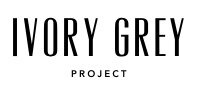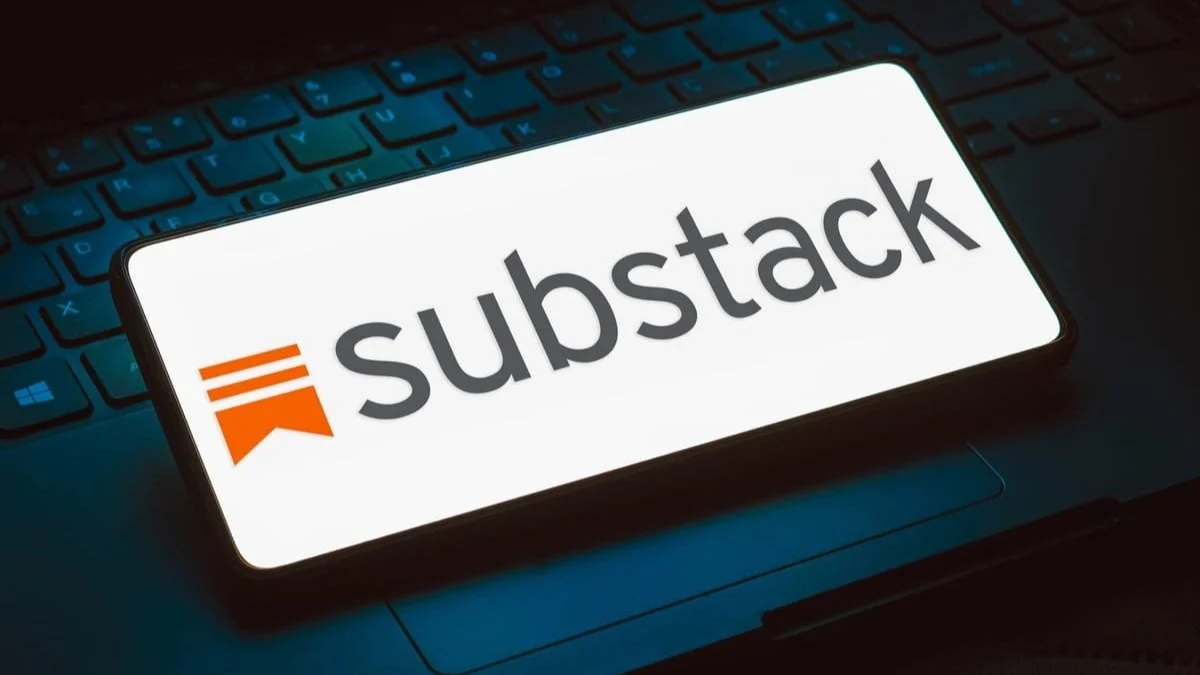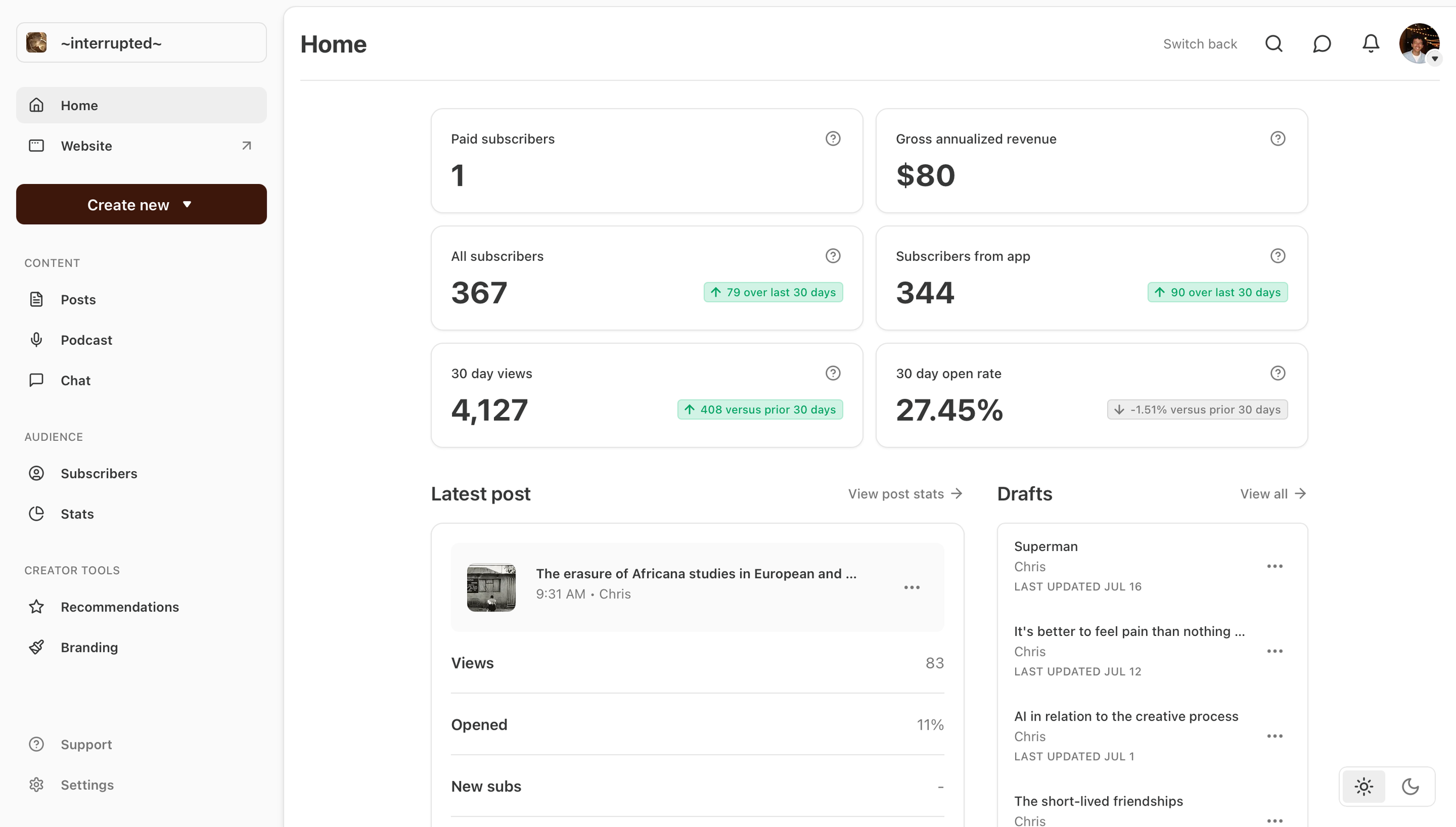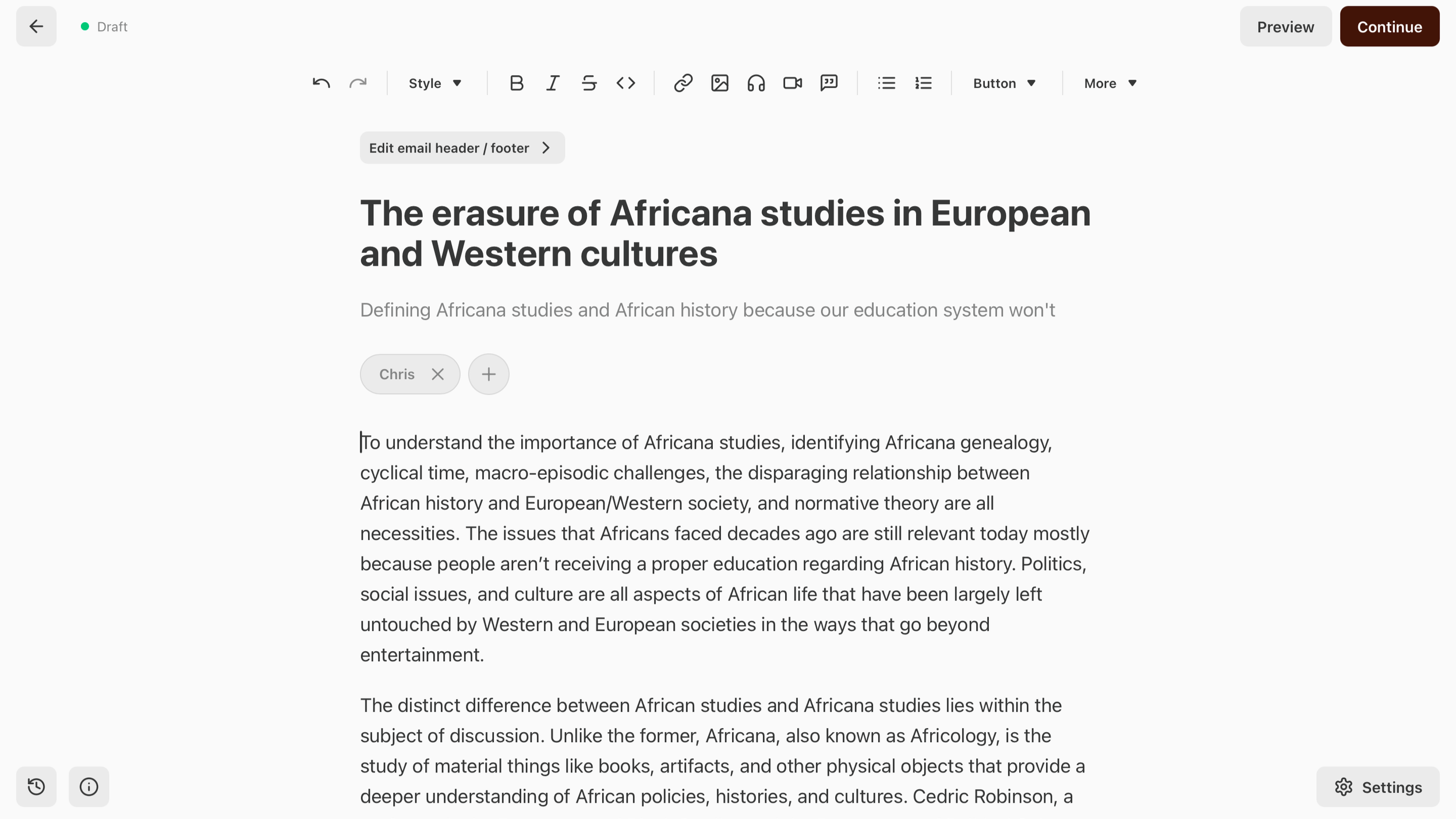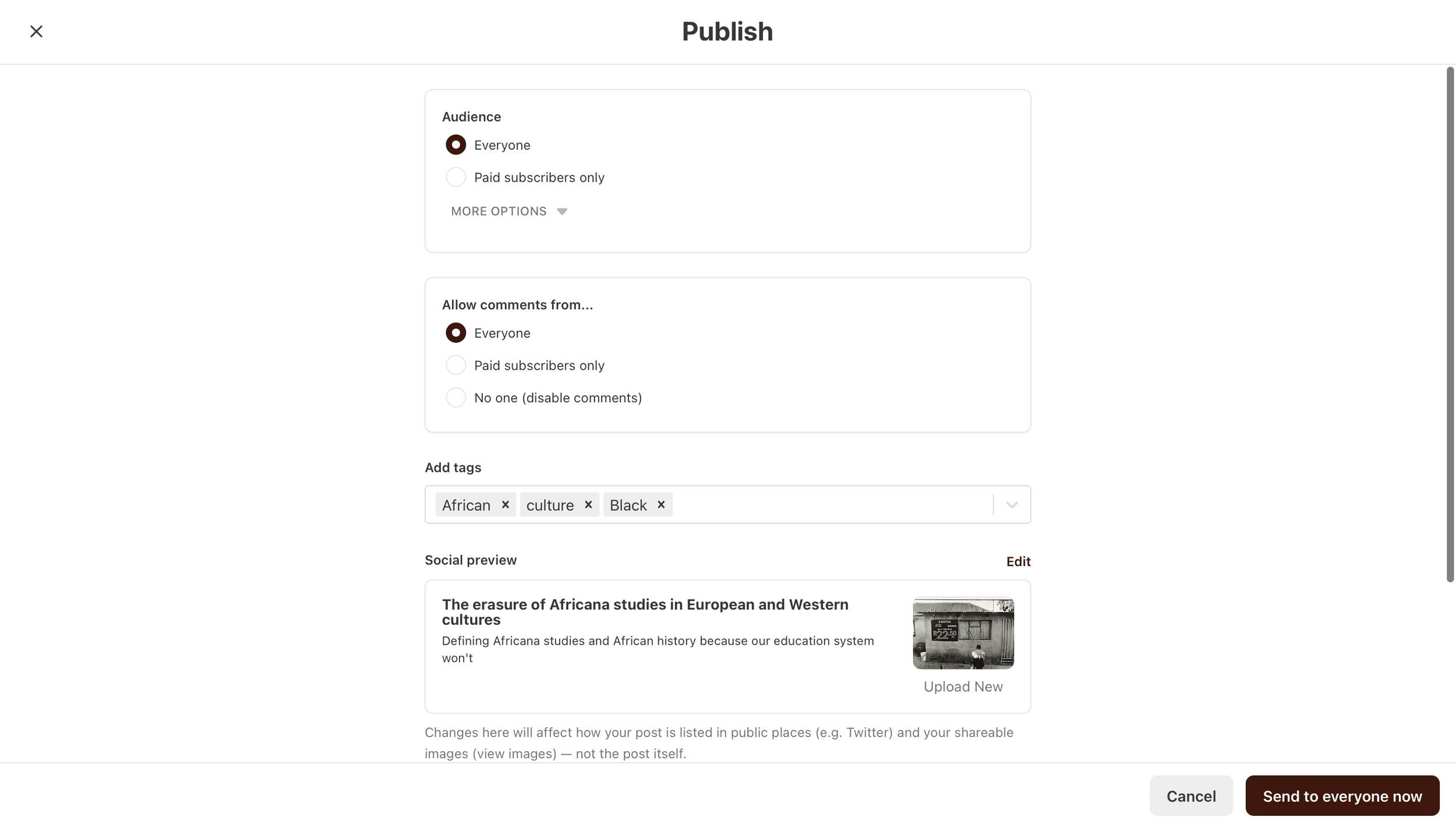building your audience on substack: your complete beginner’s handbook
For those who are a part of the writer’s sphere, Substack is most likely a platform you’re familiar with, or at least heard about in some capacity. In case you’re unfamiliar, Substack is an online platform that enables writers and creatives to publish newsletters and build a direct relationship with their audiences. It’s kind of a mix of email publishing, blogging, and subscription based management into one easy to use interface. Writers can publish both free and paid content, and the site offers monetization options without needing to depend on traditional media or ad revenue. Personally, I’ve been using Substack for a few months now, and the platform’s greatest strength, in my opinion, is its accessibility. The site offers so many options for not just individuals, but businesses as well, and I’m going to break them down for you.
So, who is Substack for?
The most obvious answer is that it’s for independent writers and journalists. Writing is what takes the majority of space on the platform, but that doesn’t mean that’s all it’s good for. Podcasters and video creators are also given easy ways to share their content. Niche communities, organizations, subject-matter experts, and even political leaders are on the platform and offer a wide array of content for users to choose from. The platform is particularly appealing to those seeking creative freedom, transparency, and loyal readership. The essence of Substack is longform content, which means, we creators actually know that each of our subscribers truly appreciates our work.
Features
Substack’s features are what make it so accessible. Setting up a newsletter is simple and takes no more than ten minutes depending on how much you decide to customize your page. Publishing is email-based, though users with the app will also receive notifications. Post archives, drafts, scheduled posts, saved templates, post previews, and a notes page that feels like Twitter before it became X. Substack also has monetization options that can be accessed through the newsletter dashboard. Paid subscriptions (monthly, annual, custom pricing), founding member options, and a free/paid post toggle when you want to start or stop taking paid subscriptions. Managing your audience is also incredibly simple when navigating the dashboard. Reader analytics like open rates, click-rates, subscriber growth, reader domestic and worldwide maps, incoming traffic, email list import/export, and customizable subscriber messages and welcome emails. All of it is stored in the dashboard.
Newsletter dashboard
Substack also gives you plenty of tools to engage with your audience in meaningful ways. Comments, polls, notes, podcast and video hosting support, and my personal favorite, community discussion threads, which serves as your own little haven for subscribers to chat with each other, share posts, and have meaningful conversations. There are also integrations and extra tools like the referral program, which basically gives creators the ability to recommend other newsletters on their own site, the Substack reader app, which makes it easier for people to read your posts, and custom domain support.
Algorithm
The Substack algorithm was, when I first started using it, a tough nut to crack. I experimented with posting at different times, different days, different lengths, and what I found is that the platform, despite relying on longform content, prioritizes shortform notes to reach new readers faster. This doesn’t mean your posts won’t get any readers if you decide not to post notes every day, but it’s a good way for potential subscribers to visit your newsletter and decide whether they want to read your work or not. Unlike social media platforms, Substack emphasizes direct delivery. You own your mailing list, and your content reaches inboxes without interference. However, the discovery algorithm favors high engagement rates (open, read, share, and sub behaviors), mutual recommendations, consistency, subscriber growth trends, and retention metrics. Make sure to add tags and categories to your posts and SEO friendly titles.
Publishing page
For those wondering how to get started, here are the first steps to creating your account:
Set up your profile: Name, description, profile image
Choose a name and URL for your newsletter.
Customize your design by adding branding, colors, and layout preferences (I went to Canva and created a logo that I then imported into my branding).
Import your email list, if you have one.
Publish your first post: Introduce yourself and talk about what your readers can expect. You can also post a note introducing yourself. The algorithm is kind and will show other users your profile.
Promote your newsletter through social media, friends, and other existing platforms.
Enable monetization once you’re ready.
Before you go and create your own newsletter, here are some more useful tips and reminders:
Be consistent. Weekly or bi-weekly cadence builds trust with your audience, and don’t forget to interact with the notes page as much as possible.
Niche down. Focused content wins, find your unique angle.
Value first. Deliver insight, education, or entertainment in every post.
Leverage referrals. Promote other newsletters in your niche.
Use social media. Don’t just rely on Substack to grow an audience. Cross-promote your newsletter on other platforms.
Use teaser content. If building a paid audience is your goal, lock parts of your content behind a paywall and encourage readers to upgrade (I only recommend doing this once you have a large enough audience).
Offer founding member perks. Early supporters like being appreciated in special ways. Give them a little extra.
That’s just about everything you need to know about Substack. You should, of course, experiment with what works for you, but the basics are all here and easy to follow. I’ve found that Substack allows its users to confidently be themselves because there is always an audience for something, regardless of how niche the subject is. Substack is still growing, and it’s important to take advantage of the opportunity to expand your audience now while people are still discovering the platform. So, have fun and good luck!
